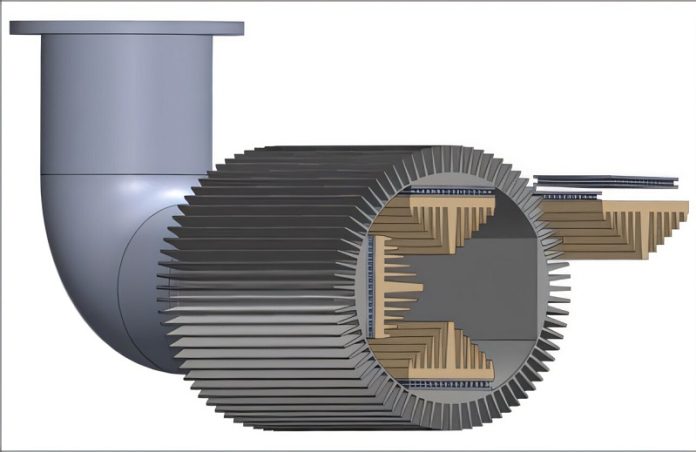
Gas-powered engines waste a lot of energy.
In fact, only about a quarter of the fuel’s energy is used to power the vehicle, while the rest is lost as heat through exhaust. This wasted heat could be an untapped source of electricity.
A new study, published in ACS Applied Materials & Interfaces, introduces a prototype system that turns exhaust heat into electricity.
Researchers have developed a thermoelectric generator that could help reduce fuel use and cut carbon dioxide emissions.
This breakthrough offers a new way to use waste energy and support sustainable energy efforts in today’s rapidly evolving world.
Many traditional heat recovery systems, called thermoelectric systems, use special semiconductor materials to convert heat into electricity when there is a difference in temperature.
However, these systems often have downsides—they tend to be large, heavy, and complicated. Some also require extra cooling water to maintain the needed temperature difference.
A team of researchers, led by Wenjie Li and Bed Poudel, has designed a new thermoelectric generator system that is compact and efficient. This system can turn waste heat from high-speed vehicles, including cars, helicopters, and drones, into useful electricity.
The generator contains a semiconductor material called bismuth-telluride, which is excellent at converting heat into electricity. To capture the heat from exhaust pipes, the system uses heat exchangers—devices similar to those found in air conditioners. A heatsink, a piece of hardware that controls temperature, was also added to the system to enhance efficiency.
The heatsink increases the temperature difference between the hot exhaust and the cooler surrounding air, which significantly improves electrical output. In their experiments, the prototype was able to generate 40 watts of electricity, which is about enough to power a lightbulb.
The researchers also tested their system in simulations that mimic real-world conditions. In these tests, the thermoelectric generator performed even better. When exposed to car-like exhaust speeds, it produced 56 watts of electricity. For helicopter-like exhaust speeds, the output increased to 146 watts—similar to the energy stored in 12 standard lithium-ion batteries.
One of the most exciting aspects of this new system is its ability to be installed directly onto existing exhaust pipes without requiring extra cooling systems. This makes it easier to integrate into vehicles and could provide a practical way to improve energy efficiency.
With the growing demand for clean energy solutions, this innovation could help vehicles waste less fuel while generating electricity at the same time.
Researchers believe this system could be an important step toward making thermoelectric devices a common feature in high-speed vehicles.
In the future, similar technology could be used in more types of transportation, helping to reduce emissions and make better use of wasted heat.



